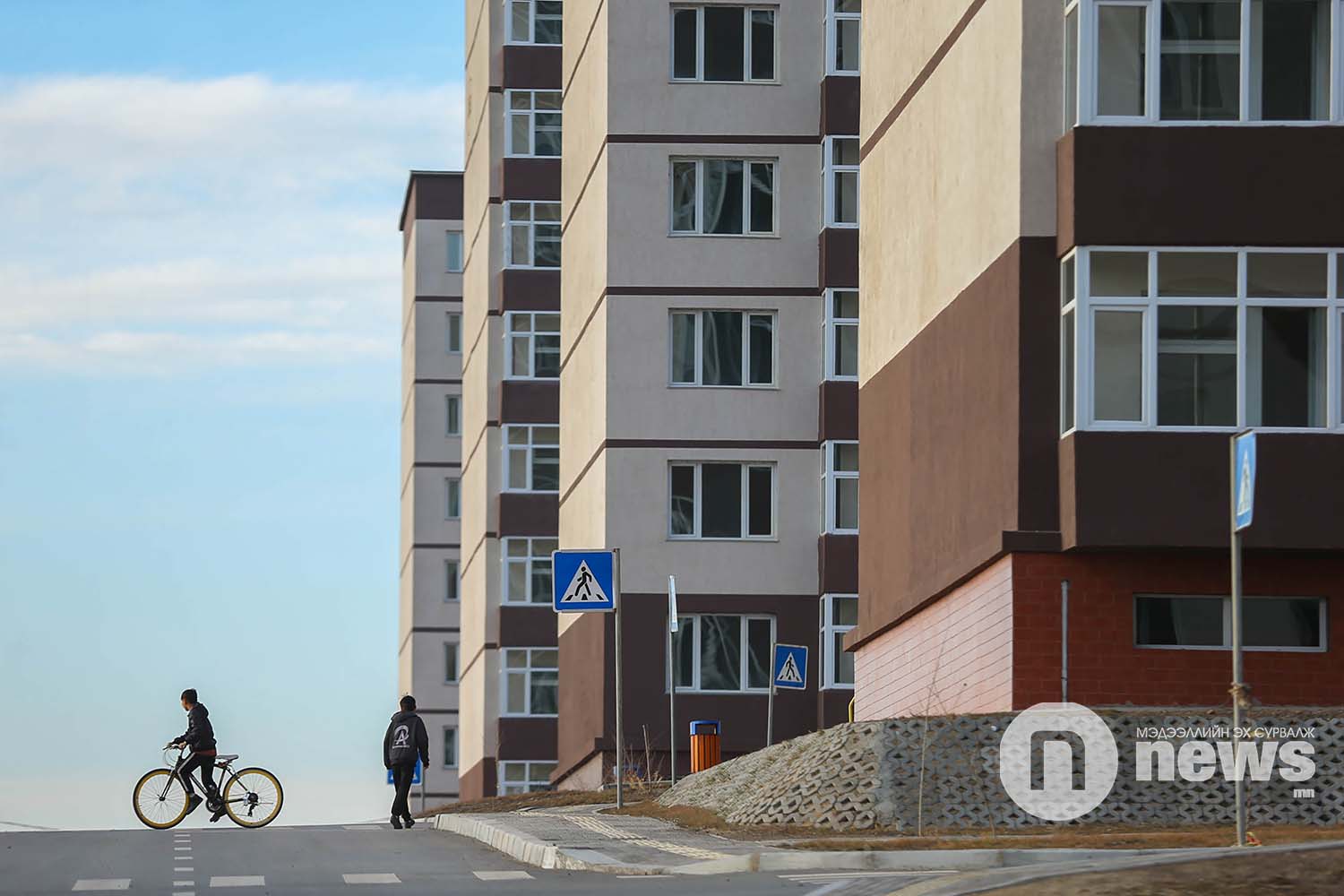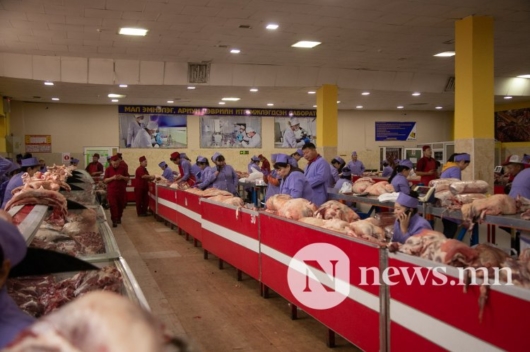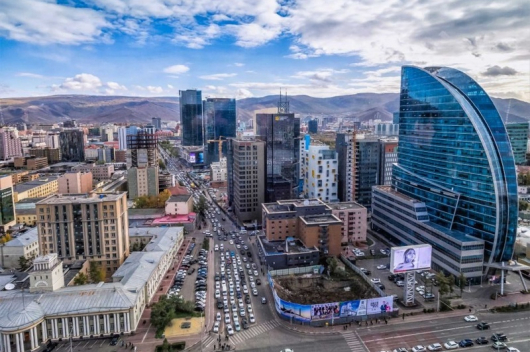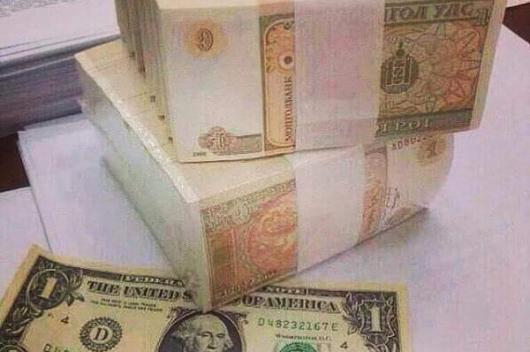The cost-of-living crunch is hitting people all over the world, but there’s no doubt the Mongolians have it hard. Over the past two years, inflation in the country has been in the double digits. It moved as high as around 16 percent in 2022.
The average salary, meanwhile, is approximately USD 450 per month, with a low-level manager on average expected to make toward USD 480. Apartment rentals cost around USD 200 to USD 500 per month.
Among Mongolians there is a tremendous variance in income, with the minimum wage only USD 142 per month. Apartments in Ulaanbaatar are extremely expensive. The price ratio is now 10.8 times the average annual disposable income. And, where 90 square metres is considered as the size of a normal apartment in much of the world, the Mongolian government mortgage programme only provides attractive mortgages for apartments of up to 80 sqm. If you use the 90 sqm figure, then the ratio becomes 11.99 times the average disposable income. This is higher than in New York or San Francisco.
With a Mongolian working population of only 1,158,245 and an average income tax rate of 10 percent and low salaries not set to pick up any time soon amid global economic headwinds, government tax revenues are minimal, making it difficult to provide social services for everyone. Overall, 27.8 percent of Mongolians live below the poverty line, while in the countryside the percentage is closer to 38 percent. Roughly half of the population is receiving some form of government assistance, such as food stamps or other payments. (by Antonio Graceffo)
 3,575.44
3,575.44












Related News